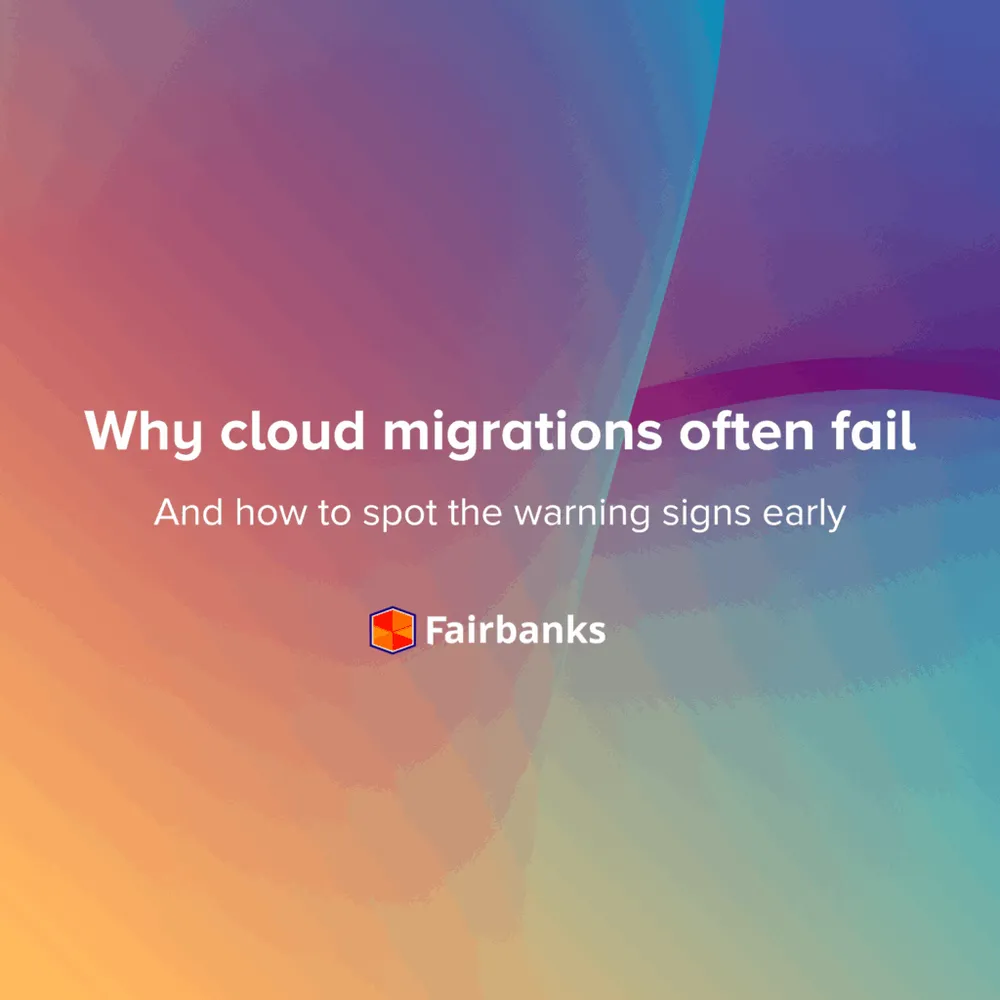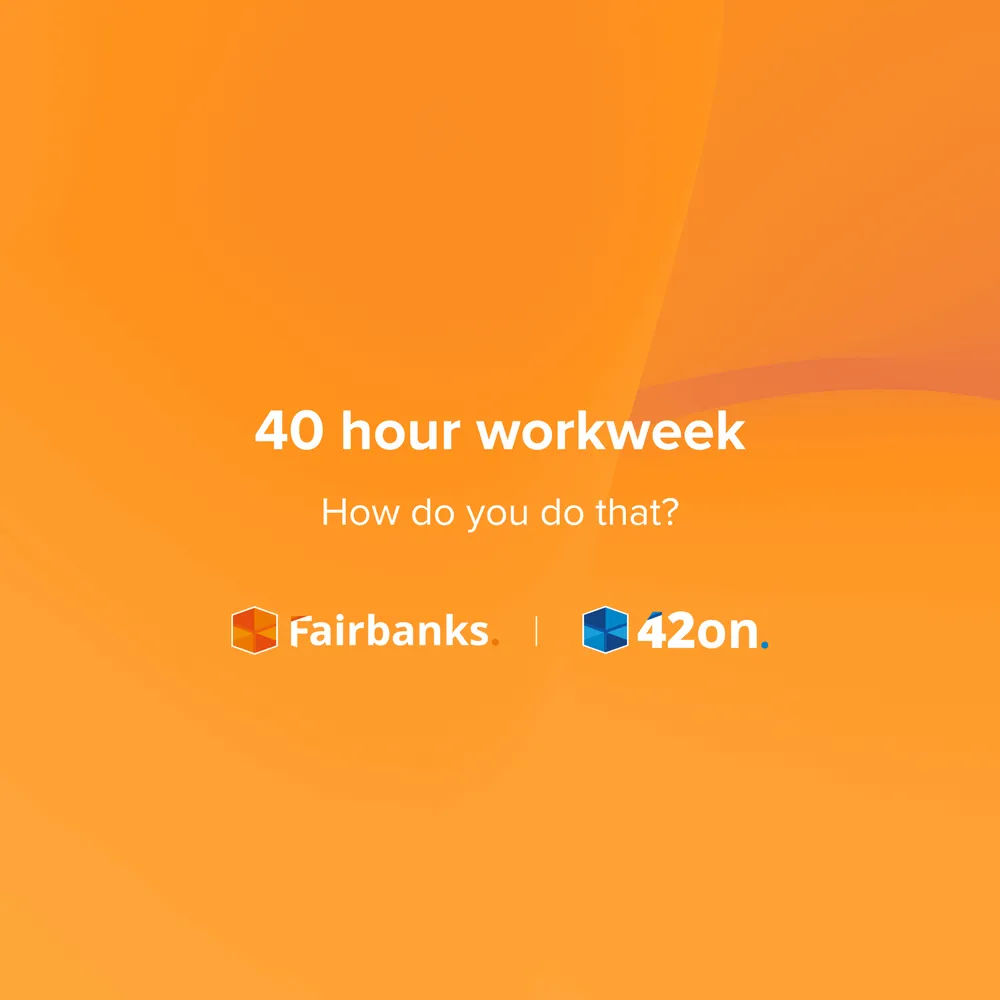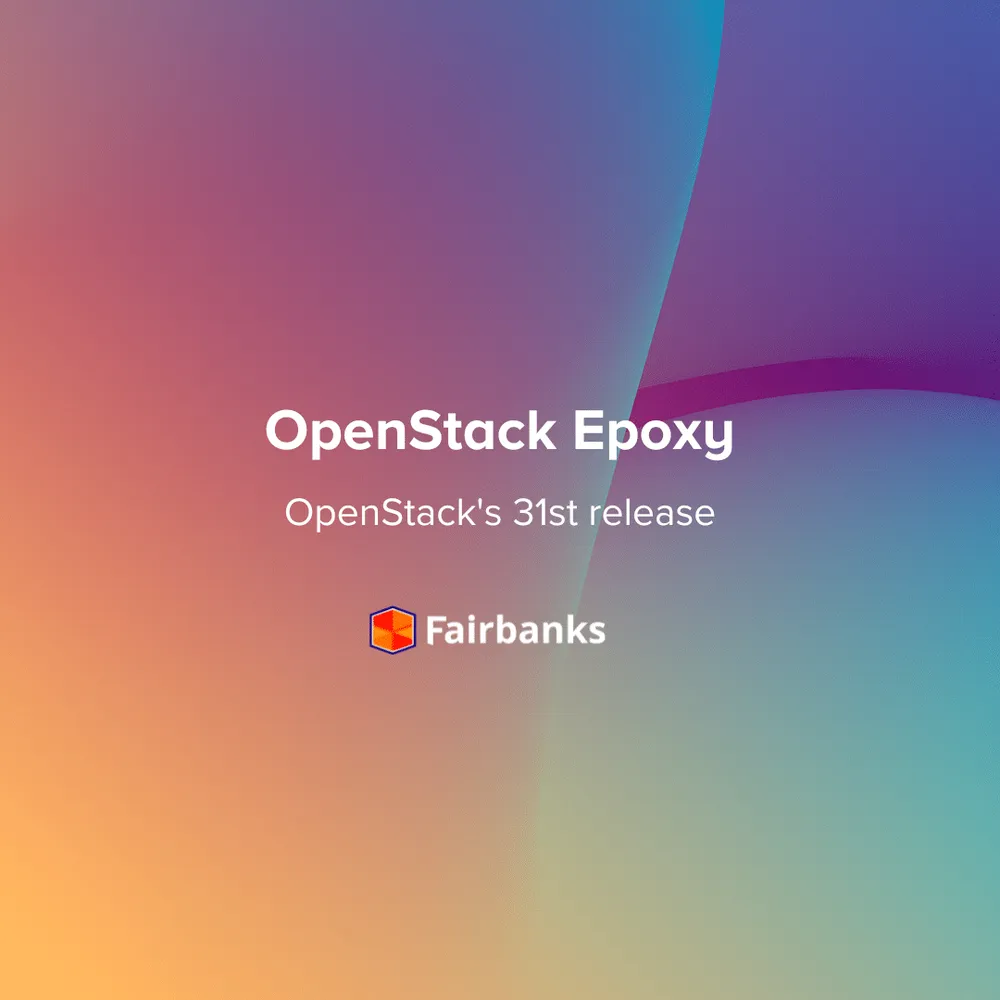Benefits of running LOKI

In 2022, we can safely say that Kubernetes is one the most used container orchestration technologies. The platform is hugely popular because it offers the ability to resolve problems and offers an out-of-the-box way of thinking about deploying, managing, and scheduling the applications. Many of you also work with private cloud deployments like OpenStack and I think that we can also safely say that this is the open source standard for private cloud computing. What started with a couple dozen contributors quickly grew into a group of 8,000 contributors who have built the software and a vibrant, global community powering more than 25 million cores of compute.
These two giants in open source technology can be a great combination since both the technologies are complementary to each other. They both solve problems that are similar in nature but on different layers of the stack, so combining Kubernetes and OpenStack give users more scalability and automation than ever before.
With the collaboration of Kubernetes and OpenStack, a wide array of benefits can be reaped. Kubernetes’s features, flexibility, and scalability makes the combination an efficient solution for managing OpenStack. Whereas, incorporating Kubernetes into OpenStack will let Kubernetes users access a much robust framework for deploying and managing applications. The perfect combination of virtualization, orchestration, containers, and open infrastructure cloud technology, while keeping your competitive advantages and freedom of running open source technology.
Some users are running their LOKI architecture in this way:
Below you can find some more concrete benefits of combining the two technologies:
Combined, the LOKI stack is now seeing over 150000 code changes every year. Additionally, it has been found that over 70% of OpenStack users are currently running Kubernetes in their environment. This level of combined innovation through open source contributions has its waves in every industry and brings forward the concept of decentralization.
Source: Naser.









